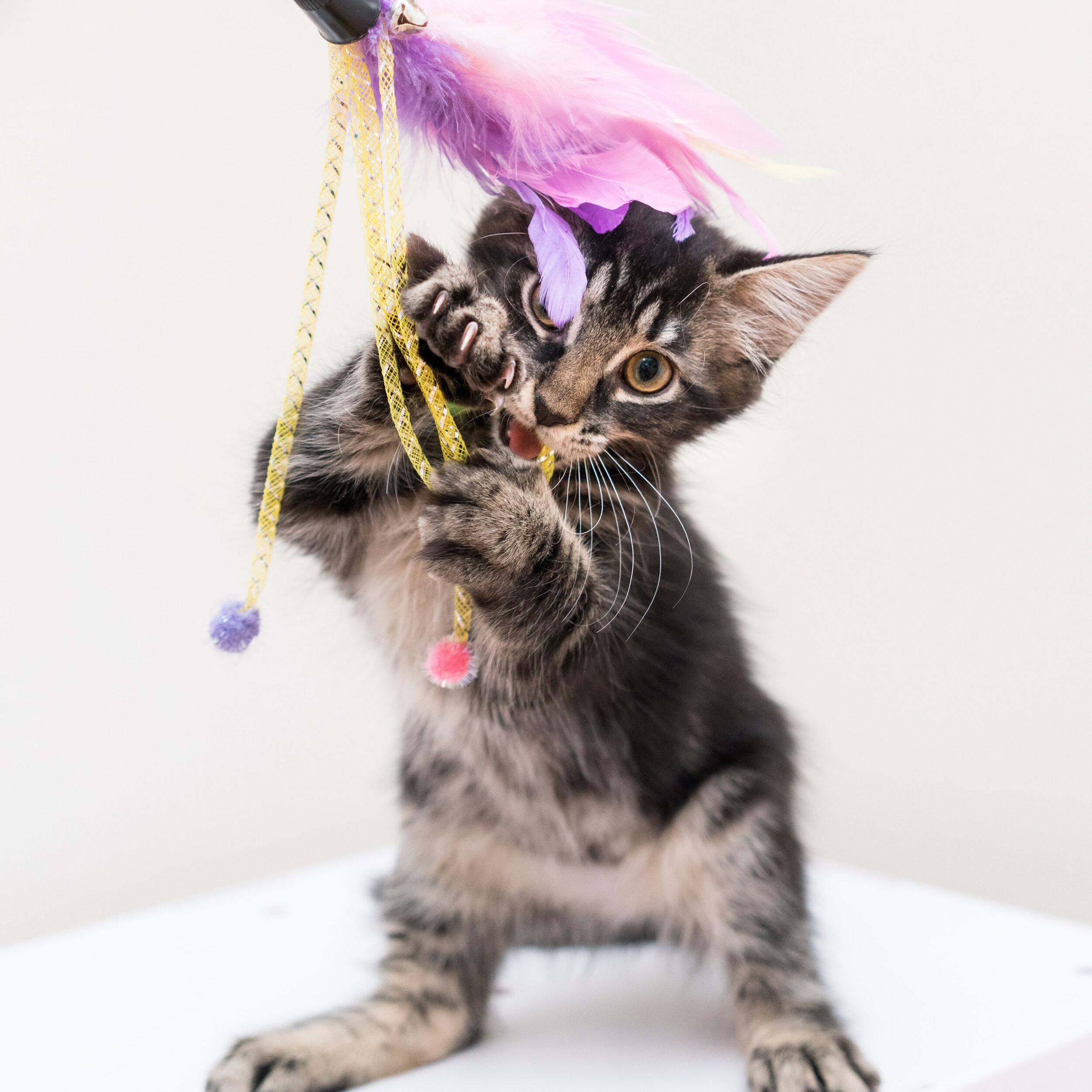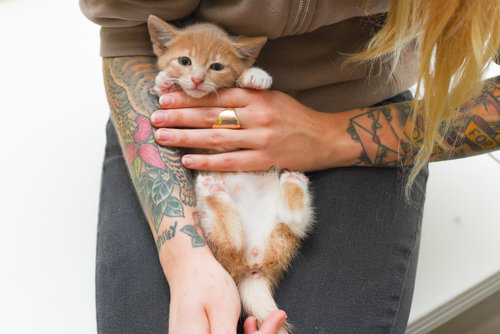How to Create a Great Space for Foster Kittens
Advice and Supplies for a Purrfect Setup
So you’re thinking of setting up space for foster kittens—that’s great! Whether you have an entire room to dedicate to them, or simply a playpen or kennel, you’ll be making a huge difference for the little ones. An ideal setup for fostering can be:
A playpen in a corner of a room is plenty of space to foster!
A spare bedroom or office
A playpen in the corner of the living room
A sectioned-off area like a hallway
A small bin or box (for neonates)
An incubator (for neonates)
Remember that any amount of space you can provide is amazing, and may be your foster kittens’ only chance to know safety and love. Work with what you’ve got, and find ideas below to make it amazing!
Playpen Options
In general, there are two kinds of playpens I recommend: mesh playpens, which can easily be folded & taken with you, or panel playpens, which can be arranged to suit your space. Choose whichever is best for your setup!
Keep it Clean — Quarantine!
If you’re fostering, please keep in mind that kittens can have a number of communicable illnesses that may not be evident at the moment of rescue. Some infectious diseases, like panleukopenia and ringworm, can live on items in an environment and continue to infect other animals—so you never want to let a newly rescued kitten run around your house until they have passed a two week quarantine and are healthy.
During the initial quarantine period, I recommend that you limit access to items that are difficult to disinfect, and focus on providing them with enrichment items that can easily be laundered, sanitized, or thrown away. For quarantining kittens, you can make some affordable DIY toys or even give them household items that you would normally discard.
Provide a Heat Source
Kittens under 4 weeks old should be provided with a heat source at all times. There are many great options depending on your setup and needs. Read all about the importance of heat sources in this article, and check out my recommendations:
A Cozy Bed is a Must-Have
There are so many kinds of cozy beds for kittens, but the ones kittens love the most (by far!) are those that are soft and squishy. Kittens cannot resist these fluffy beds, and they’re washable too! Trust me when I say these are a great investment:
Watch Kitten lady’s
Claw Trimming video here:
How to Trim Kitten Claws
1. Get the Right Supplies
Trimming a kitten’s claws is just as easy as trimming your own nails, but you will need a special cat nail trimmer. You want to make sure that you are using cat nail trimmers and not a human nail trimmer, as using the wrong tool may result in an injury to the kitten.
2. Set the Mood
In order for both you and your kitten to have a pleasant experience, you’ll want to do the nail trimming in a low-stress environment. This is a new experience for the kitten, so you want to make it as comfortable as possible. Try trimming claws away from loud noises and distractions, maybe after a meal time or when the kitten is nice and sleepy!
3. ONLY Trim the White Part
When trimming your furry friend's nails you may notice that her nails are white on the ends and pink closer to their paw, just like human fingernails are pink with white tips. Only clip the white part of the kitten’s nail, just like you would only clip the white part of yours. The pink that you are seeing is actually their flesh, and cutting this part of the nail will cause your kitten a lot of unnecessary pain and bleeding. If you’re not sure how far down to cut, simply start by trimming just the very tip of the claw. It’s always better to cut too little than too much, so go slow!
4. Positive Reinforcement!
One wonderful thing about starting claw trimming young is that the kitten will get used to the sensation of having her paws touched. Be sure to make this a positive experience! After trimming your kittens nails, try giving her a favorite treat (maybe a meat tube!) as a reward for good behavior. By using positive reinforcement, you’ll ensure that trimming the kitten’s claws will continue to be a breeze as they get older.
Trimming Your Kitten’s Claws and Still Experiencing Unwanted Clawing?
If you are still experiencing unwanted scratching after trimming your kittens claws, there are many things you can do!
Get a scratching post for every room where your kitten regularly spends time, placing it near the item that is getting clawed. I recommend buying a sturdy, rectangular scratch post and putting it right next to your couch!
Observe the kitten’s scratching behavior. Some kittens prefer vertical scratching (ie: on the leg of a chair) while others prefer horizontal scratching (ie: on the arm of a chair.) Get your kitten scratching posts that match her preferred scratching style.
For people who frequently foster kittens, try a reusable cardboard scratcher you can change between litters.
Use couch corner protectors if the kitten is clawing your furniture.
Try using a pheromone calming spray.
Give your kitten lots of enrichment and appropriate play time. Always redirect clawing behaviors toward an appropriate target--for every “no,” be sure to offer your kitten an equal or better “yes!”
Keep in mind that when a cat scratches furniture, she’s actually sending you a very sweet message--that she is trying to create a family scent with you. By remembering why cats scratch, and accepting it as part of life with a feline friend, we can begin to appreciate this behavior and direct it in a way that helps keep everyone happy.
Scratching and biting are both natural behaviors, but there are always things that you can do to keep kittens from targeting your furniture and hands!













